When Kwanzaa begins on Monday, the seven-day holiday—which incorporates traditions from Continental African and African-American cultures—will have more to celebrate than usual: this Kwanzaa marks 50 years since the festival was first celebrated.
The fact that Kwanzaa was conceived in 1966 is no coincidence. The festival of lights, which is rich with symbolism, was conceived during one of darkest periods in Los Angeles’ history, during a key moment in the civil rights movement.
A key event that sparked the idea began in August of 1965, after the Watts riots, a series of clashes between police and African-Americans in the L.A. neighborhood, which left 34 dead, 1,000 injured, and $40 million worth of property damaged. The rebellion came within a week after Los Angeles police officer Lee Minikus arrested Marquette Frye on Aug. 11, 1965, on suspicion of driving drunk. The event was a breaking point in the community’s resentment of L.A. police chief William Parker “and what they considered his double standard toward [African Americans] and whites,” according to LIFE magazine’s editorial prefacing its Aug. 27, 1965, cover story on the riots. (Parker compared Watts rioters to “monkeys in a zoo.”) High levels of unemployment and segregation, cuts to federal anti-poverty programs, and a lack of affordable housing meant that racial tensions were already high when the riots broke out.
“Watts is the kind of community that cries out for urban renewal, poverty programs, job training. Almost anything would help,” TIME explained in an Aug. 20, 1965, cover story about the riots.






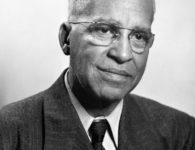
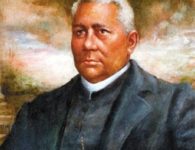
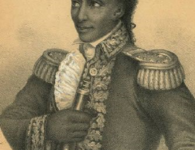
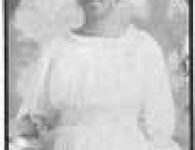
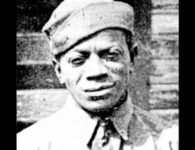

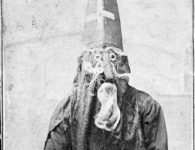
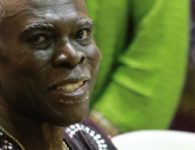

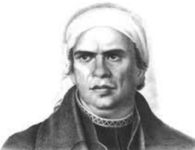
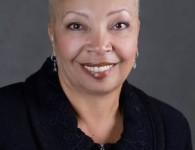
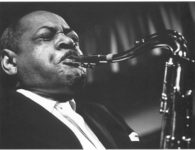
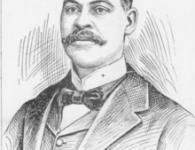
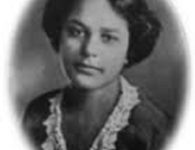

No comments